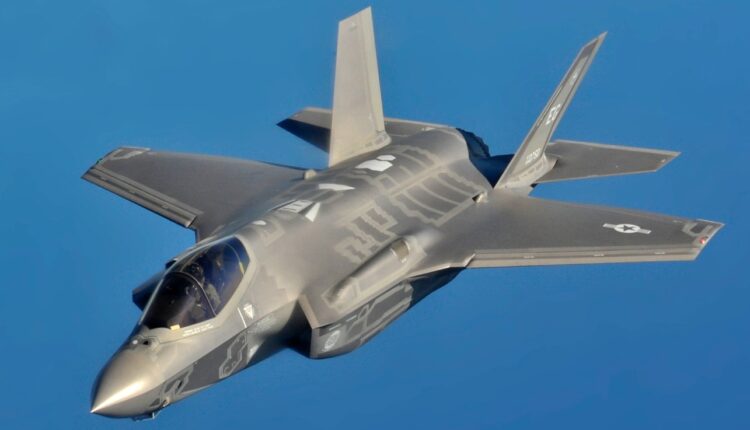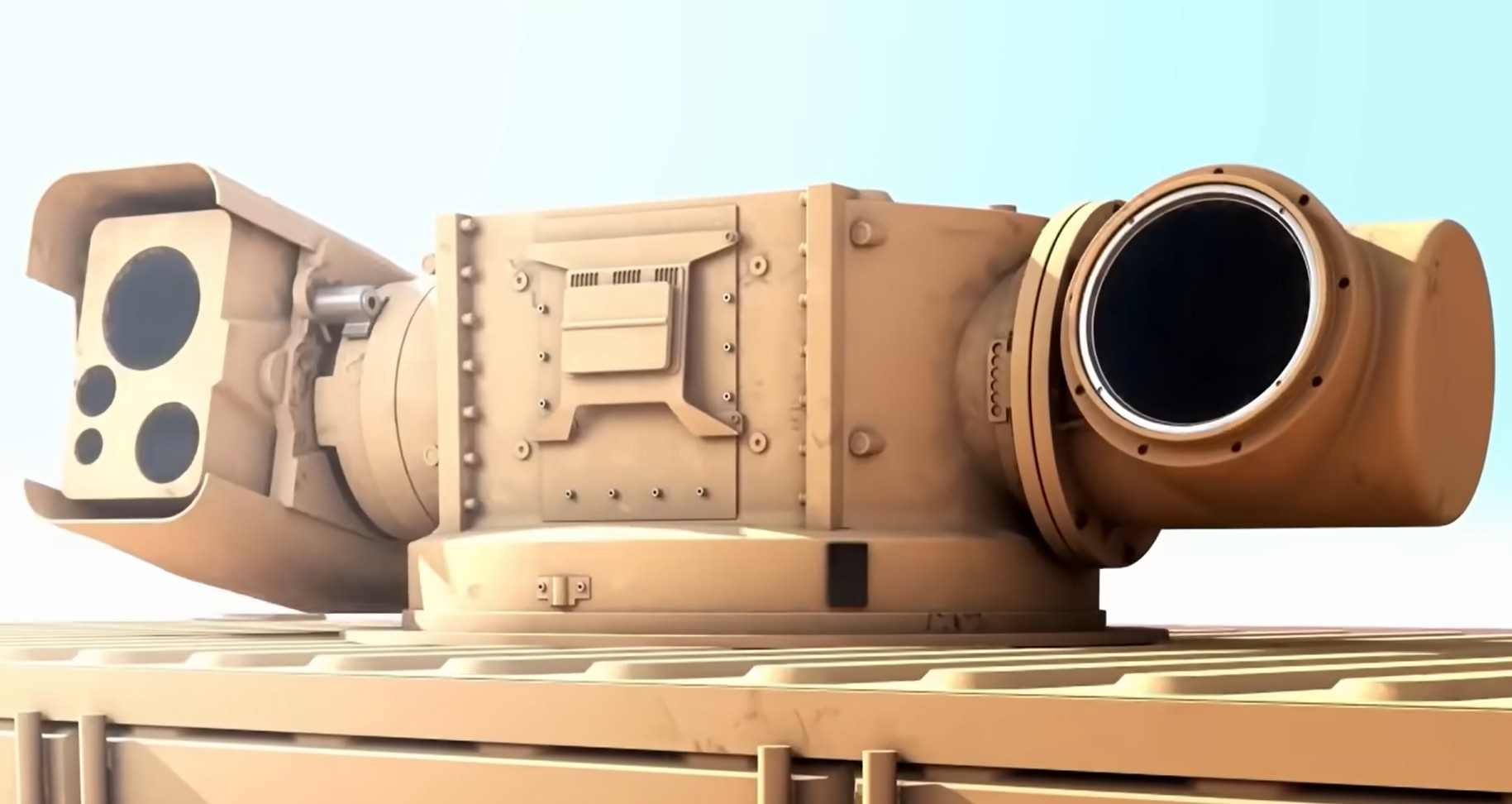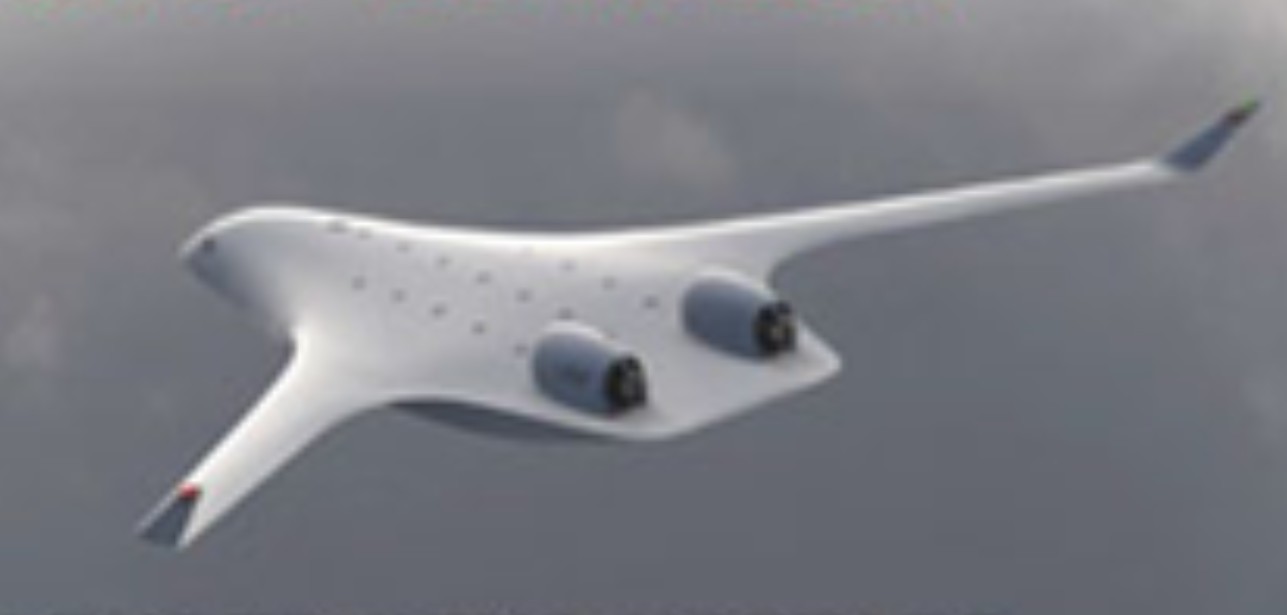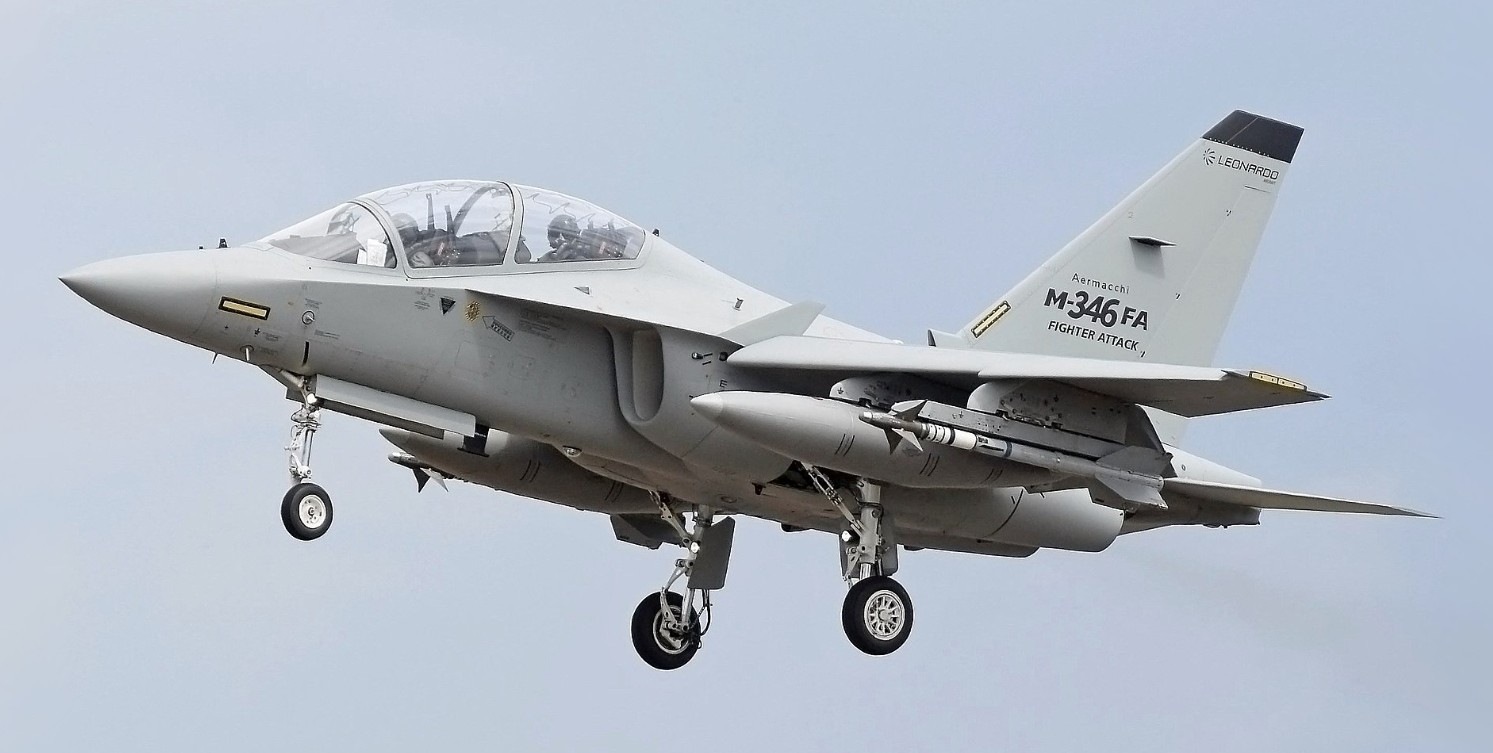The F-35, a cornerstone of modern air combat supremacy, continues to evolve with the transformative Block 4 upgrade. Delivered as part of a life-long modernization strategy, Block 4 promises to introduce a suite of sophisticated enhancements designed to fortify the aircraft’s dominance through the coming decades.
Enhancements in Avionics and Software
The Block 4 upgrade brings significant changes in the F-35’s avionics, a critical component that underpins the jet’s operational capabilities. This upgrade includes the incorporation of advanced computing systems, providing the aircraft with increased processing power necessary to handle new capabilities. The Distributed Aperture System (DAS) will see enhancements that improve target detection and track capabilities, giving pilots a decisive edge in complex environments.
In addition to hardware upgrades, Block 4 introduces an expansive array of software improvements. These updates are designed to integrate next-generation capabilities such as Artificial Intelligence (AI) and predictive maintenance features. The introduction of AI aims to enhance decision-making and overall system performance, while predictive maintenance ensures the aircraft remains operationally ready with minimized downtime.
Enhanced Weaponry
The Block 4 upgrade significantly expands the F-35’s arsenal, reflecting the evolving nature of threat landscapes worldwide. This includes the integration of advanced munitions, such as the Small Diameter Bomb II and the Joint Strike Missile, that offer greater flexibility and range. Additionally, improvements in the Weapons Employment Zone (WEZ) algorithms ensure that the aircraft can deploy its expanded weapons suite more effectively.
A Focus on Connectivity
Maintaining superiority in the fast-evolving realm of network-centric warfare, Block 4 incorporates advanced communications technologies. This includes improvements to the Multifunction Advanced Data Link (MADL), which enhances data-sharing capabilities with other assets on the battlefield, both air and ground-based. Enhanced connectivity ensures the F-35 can act both as a powerful strike fighter and an indispensable node in broader combat strategies.
Technical Specifications
| Feature | Details |
|---|---|
| Processing Power | Increased with new avionics architecture |
| Munitions | Integration of Small Diameter Bomb II and Joint Strike Missile |
| Communications | Enhanced Multifunction Advanced Data Link (MADL) |
| Surveillance Systems | Upgraded Distributed Aperture System (DAS) |
The Global Context
As geopolitical tensions persist across the globe, nations continue to emphasize the importance of air superiority in maintaining strategic deterrence. The F-35’s Block 4 enhancements align with these broad strategic imperatives, ensuring allied nations equipped with this next-gen fighter can maintain a technological edge over potential adversaries.
Block 4’s enhancements will particularly benefit joint international operations. The seamless communication upgrades mean that allied forces can more effectively synchronize their missions, optimizing force deployment and operational planning.
Challenges and Future Outlook
The implementation of the Block 4 upgrade is not without its challenges. As with any extensive upgrade, issues regarding software integration, part supply, and budget adherence have arisen during the development phase. The Pentagon’s ongoing test and evaluation process aims to ensure that these issues are resolved before broader deployment.
Looking forward, the Block 4 upgrade is part of a continuous process that ensures the F-35 remains relevant amidst rapid technological advancements. Future upgrades may focus on enhancing stealth features and incorporating quantum computing capabilities, ushering in an era of unprecedented warfare digitization.
Ultimately, the successful rollout of Block 4 will set a new standard in air warfare, fortifying the F-35’s position as a cornerstone of allied air dominance for years to come.









